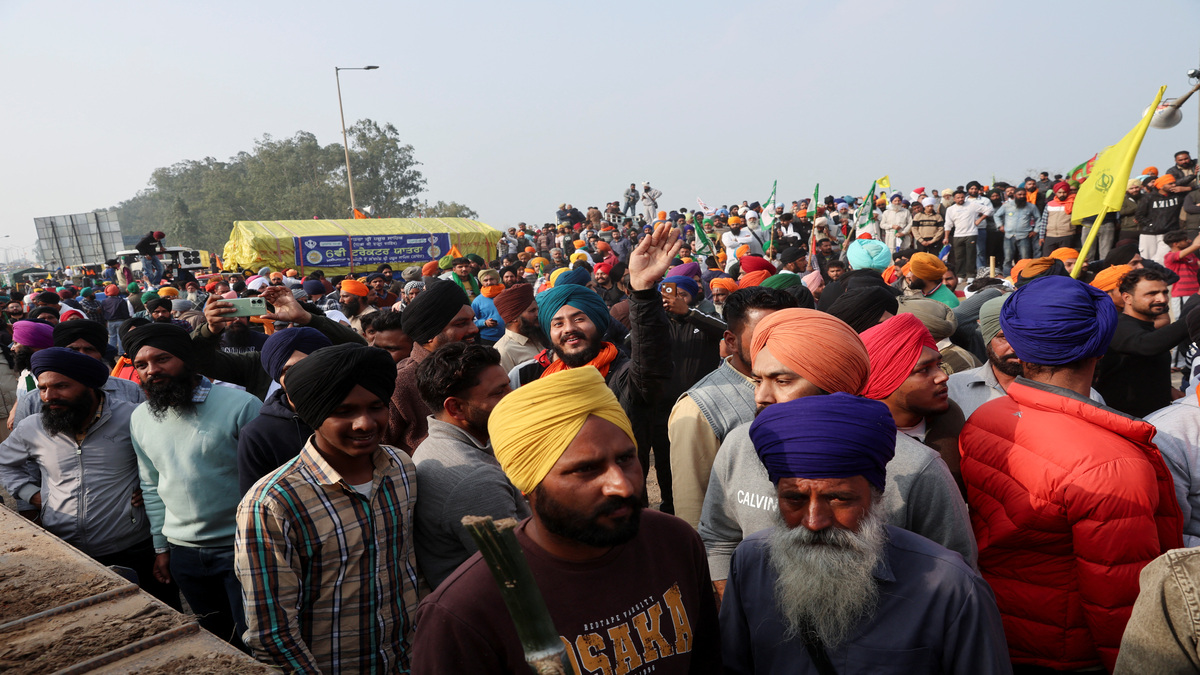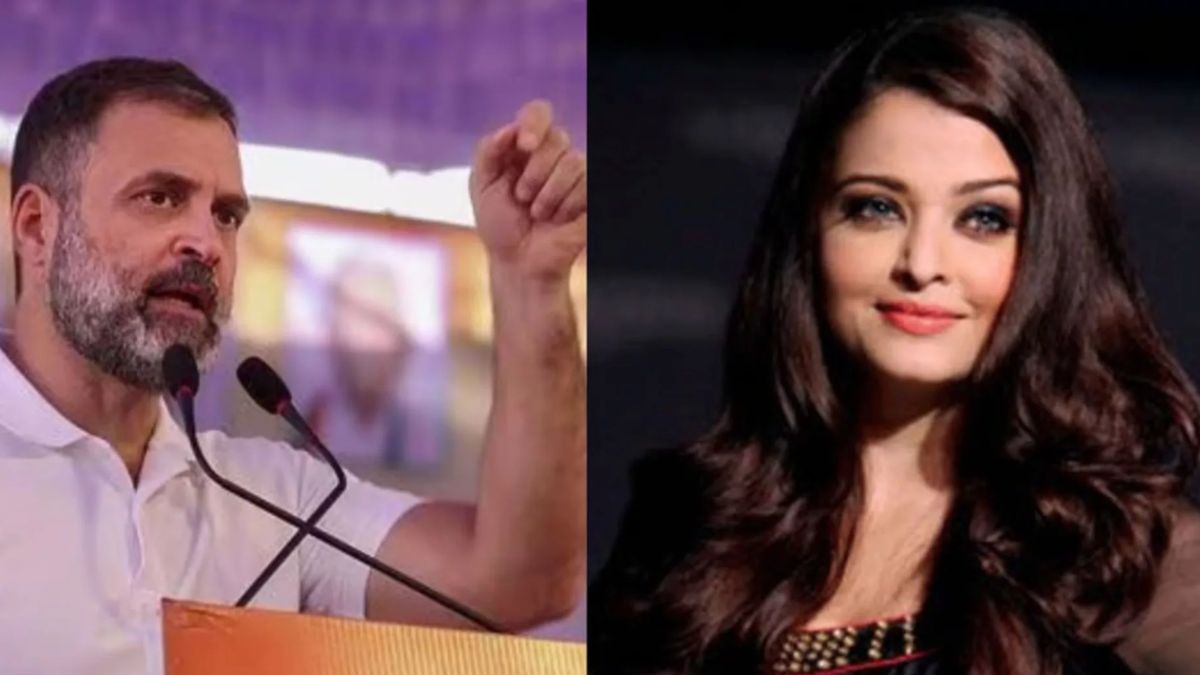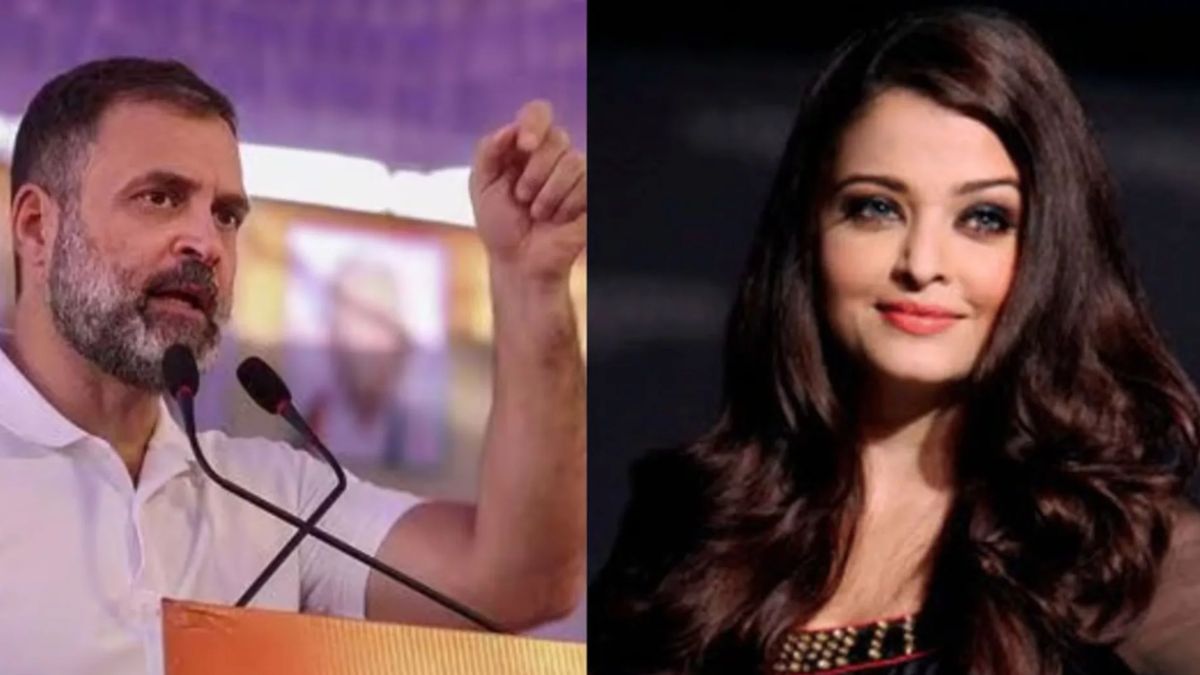As experiments in representative democracy go, the Aam Aadmi Party is an exciting one. This is for several reasons; one, it’s a challenge to the process of cartelisation among established parties to control and dominate the political space; two, its popular support base is built on issues of everyday concern of people, not considerations of caste and religion; three, it‘s fundamentally a party born out of middle class frustration and such outfits are known to have early burnouts. If it sustains beyond the elections, it could set the template for political micro-mobilsation in several urban spaces similar to Delhi in demographic character.
It’s the possibility of the new that makes everything else about AAP irrelevant. It does not matter whether it appears anarchic in its worldview or shallow in its grasp of practical aspects of governance or whether it tilts dangerously to the Left when the rest of the country, particularly the media, is supposedly turning Right. Now, whoever said the present arrangement we have is the best? Or only the Congress and the BJP only know what is best for people? At the abstract level, the emergence AAP challenges these notions too.
Of course, the degree of success of the experiment would be clear on 8 December. If the AAP secures at least ten seats, it would be a huge stamp of approval for the core principle around which the party has been built. Now that the Congress and the BJP want its support post elections, it evident that both have come around to acknowledging that the AAP is here to stay. They have to make space for it, and if they want its support, they have to rework their policies. This would encourage AAP clones to spawn in other regions.
What makes AAP important? Well, it makes the common man count in politics again. It takes politics back to the roots. While the Congress, the ‘official’ defender of the aam aadmi, has hardly delivered anything for the latter, the BJP’s support for the common man has been more lip service and grandstanding than real action. Price hike and power tariffs are easy issues for any political party to make capital of. However, it was only AAP which tried a political mobilisation around it. If the party reaps the dividends no one should be complaining. Isn’t politics about discovering new pockets of disprivilege and exploiting them?
Why wouldn’t the BJP make price rise and slum matters a big poll issue? Cartelisation in politics comes in here. The interests of the leading parties converge in several areas. Both have to protect a similar set of people. Both are familiar with nexuses that run and benefit from important sectors of the city and both extend patronage to the latter in a mutually beneficial arrangement. It is not unusual to find both parties favouring the same corporate players. The dominance of the two parties in the political space means perpetuation of the nexus and the practice of the mutual distribution of benefits. No party wants to raise issues uncomfortable to the nexuses. The arrival of a third party breaks down the cosy arrangement and calls for new, difficult adjustments from all sides.
AAP’s success would also reveal whether the issue if corruption was a passing fascination for urban India, particularly the youth who dominated the crowds at Jantar Mantar during the anti-corruption movement of Anna Hazare and Arvind Kejriwal. It would be a trust vote on Kejriwal himself too. Would they try out an untested quantity low on experience but with a grand promise of an honest government or would they go back to voting for the established parties who assure no freedom from corruption? The verdict would make it clear whether another anti-corruption movement, if it happens anytime in future, is worth any public attention at all.
The AAP, as it stands today, is an absolute mess when it comes to clarity of thinking. This absence of predictability, however, is exactly what makes it so interesting.


)




)
)
)
)
)
)
)
)